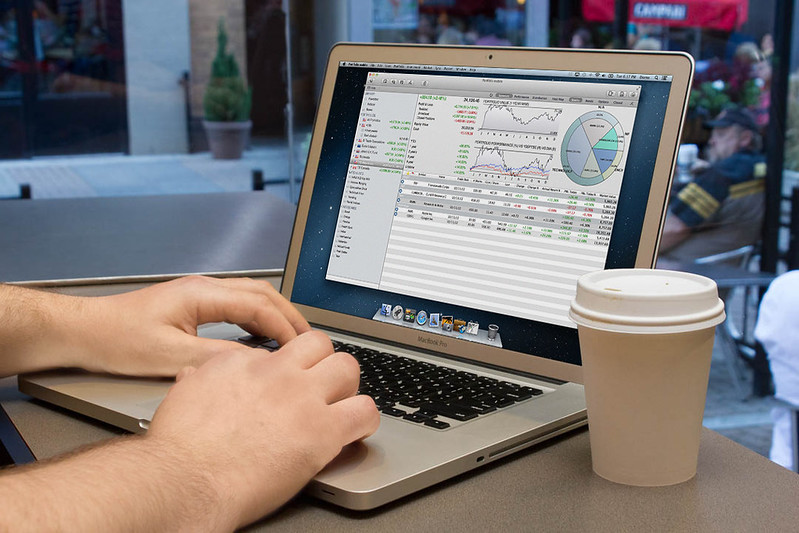Image via Flickr by ota_photos
Find a Market You Are Comfortable With
Before you pick a market, you should start by assessing the amount of capital at your disposal. For you to profit from the stock markets, for instance, you need an initial outlay of about $20,000 to $30,000. If you are on a tight budget, you can opt for forex trading, which allows you to start with as little as $500. Crypto currency is another lucrative area to try.
Each of these markets has the potential to bring in huge profits. All you need to do is to take enough time to learn each of them to avoid investing in what you do not know.
Record Everything
Day trading relies a lot on historical data. With such information, you can review your previous transactions, find areas where you went wrong, and correct your mistakes in future decisions. You should always log your trade history, including things like the entry prices and exit points. Luckily, modern software comes with enhanced record-keeping features, so that you won’t have to do this manually.
Avoid Putting Too Much Emphasis on Quick Gains
It feels good to make a huge profit from a day’s trade. However, the excitement could lead you into making reckless decisions, like investing all of your money with the hope of winning big. Risking all your hard-earned savings in one day is not a wise move. Instead, make a clear strategy for how you intend to trade and return consistent profits over the long term.
Alternatively, your fear of losing money might get in the way of maximizing your returns. Faced by this threat, many traders kill their potential of making reasonable profits by focusing on tiny gains.
Grab as Much Information as You Can
Day trading is a highly competitive business, and you need all the resources you can get to stay ahead. However, there are many ways you can use to leverage your trade activities, including hundreds of free online resources. To be successful, you should always be on the lookout for new information that may improve your line of thought and decision-making. It means that you will have to keep up with the business news, economic reports, and industry publications.
Gather all the relevant technological tools you can get to help you fill in any gaps that may be left by your trading software.
Separate Your Trade Account From Your Life Savings
You can set aside a small fraction of your savings to fund this account. However, you should only keep in here what you can afford to lose. The markets can be extremely unpredictable, so minimize your losses by risking only about 1 percent of this account on a trade. Day trading should be used to day trading, and not to ruin it. If you have a small account, you might want to increase this amount to about 10 percent.
Find a Trustworthy Broker
Sometimes day trading is less about what you start with, and more about how you make use of what is available. Nothing else will matter if you fail to find a broker that you can trust with your money.
For more information also read: http://www.eshoparchive.com/how-to-choose-a-career/

